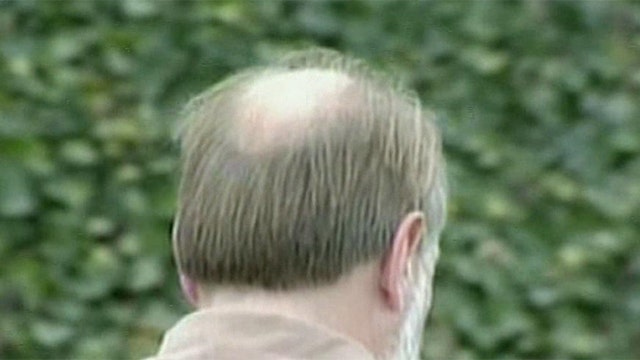One of the hardest realizations you can come to as an adult is the fact that you’re getting older. For many of us though, it doesn’t fully sink in until that exact moment when you look in the bathroom mirror and start to see your hair thinning.You feel like you are losing a little bit of yourself with each strand.
Every memory of combing your hair before picture day in school, shaving your head for summer swim meets, growing it long in winter to keep your head warm, are all fading. One truth is all that matters now, and that is that you will never have what you once did, and you will forever be looking in the mirror to see how much is gone.
In the United States alone, about 35 million men and 21 million women are currently experiencing hair loss. Mistakenly thought to be a strictly male disease, women actually make up forty percent of American hair-loss sufferers.
Could a new study just released by Columbia University Medical Center in New York City and the University of Durham in England hold the key to curing baldness? Not quite yet, but researchers claim this discovery could “revolutionize” the medical treatment of hair loss.
Scientists in the U.S. and Britain may have come much closer to finding a cure for baldness. For the first time they have generated new hair follicles that grow human hair. The method involved harvesting cells from the base of a human hair follicle, or dermal papillae, and cloning them in the laboratory. They then implanted these cloned cells into human skin grafted, or attached, to the back of a mouse. The dermal papillae cells were taken from seven different human donors. Of the seven cases, five of the mice grew new hair on the grafted skin.
The same technique still needs to be translated into human trials, but there is hope for revolutionary treatment for hair loss in the not so distant future. If this method works in human trials, there are many potential benefits, such as growing hair follicles for traditional transplantation, skin grafts for burn victims, and creating new hair follicles by direct injection of cells into the scalp. This is especially beneficial for women, who historically have had a more difficult time responding to transplantation, and other medical treatments for balding.
Although researchers have not been able to reverse hair loss, or stop the physical process of balding, this breakthrough could mean a remedy for hair loss in the form of regenerative medicine, the body using its own cells to restore hair, at least. New research will also allow drug companies to test any number of compounds on growing hair follicles. This advance could help in the discovery of new drug therapies to combat baldness.





















